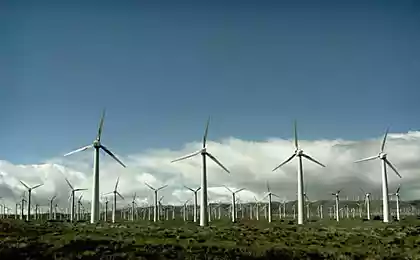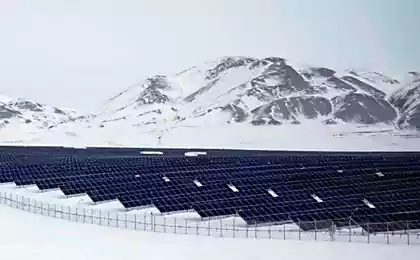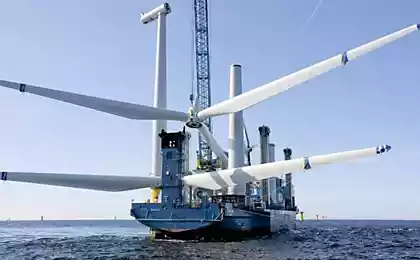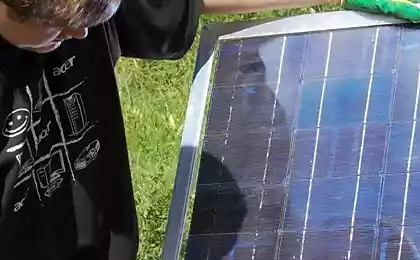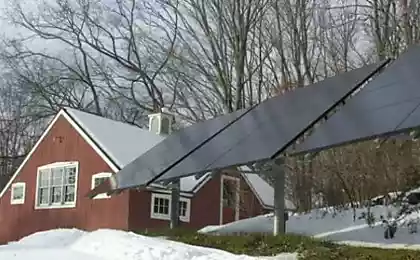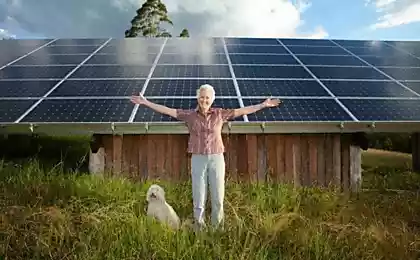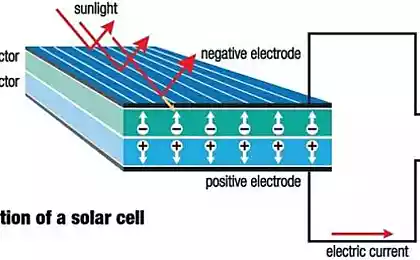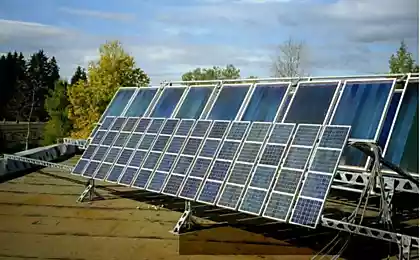432
In 2017, the solar panels will become cheaper by 20%
The cost of solar panels in 2017 may fall by 20% due to the oversaturation of the market, and the consequence will be a decline in energy prices up to 40 and then to 30 cents per watt.
At the international conference on solar energy in Las Vegas the head of the American branch of Bloomberg New Energy Finance Ethan Zindler said that the industry of solar modules approaching the worst crisis of overproduction and a suitable growing market, which would absorb all the surplus, no.
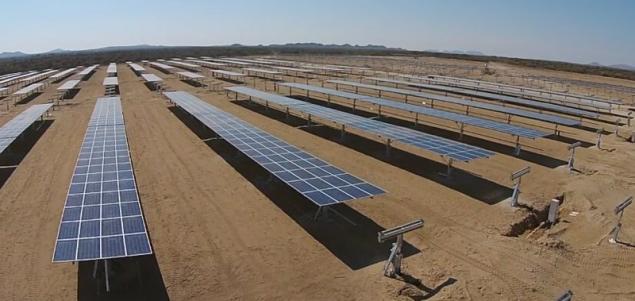
"We are on the threshold of a new era of substantial excess capacity, he said. The situation is worsened by the slowdown in domestic solar market in China, while many producers continue churning out the".
Bloomberg is not the only firm predicting a decline in prices. Deutsche Bank predicts a drop to 40 cents per watt compared to the current more than 50 cents/watt. According to Bloomberg, there is a risk that the price will sink to 30 cents.
For consumers this is good news — can be installed on roofs more solar panels at lower prices. For producers not so much, some of them may not survive the downturn in prices. Others will have to take measures to increase efficiency.
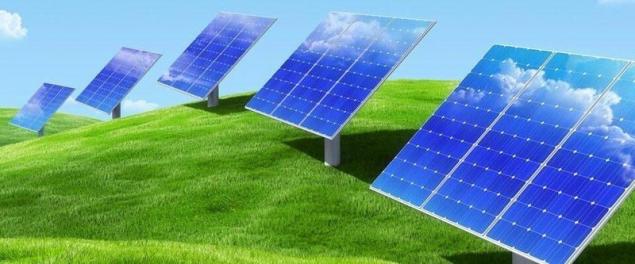
Last similar crisis that occurred about 5 years ago, led to the bankruptcy of dozens of manufacturers of solar panels worldwide, including the major players: Q Cells in Germany and Suntech in China. And it ended when China's domestic market has matured and has absorbed all the surplus and turned into the largest solar market in the first half of 2016 China has developed nearly 20 GW of energy.
Solar panels are used not only on rooftops. Their tools and vehicles. For example, the German startup Sono Motors created an electric car for 12 thousand Euro, operating on solar energy. A firm Duffy London has been creating yachts Solaris, which can generate 100% of its energy demand from sunlight. Not far behind, and air transport — just remember to fly around the world Solar Impulse or the newly assembled helicopter with solar panels. published
Source: ecotechnica.com.ua/energy/solntse/1433-v-2017-godu-solnechnye-batarei-podesheveyut-na-20-bloomberg.html
At the international conference on solar energy in Las Vegas the head of the American branch of Bloomberg New Energy Finance Ethan Zindler said that the industry of solar modules approaching the worst crisis of overproduction and a suitable growing market, which would absorb all the surplus, no.

"We are on the threshold of a new era of substantial excess capacity, he said. The situation is worsened by the slowdown in domestic solar market in China, while many producers continue churning out the".
Bloomberg is not the only firm predicting a decline in prices. Deutsche Bank predicts a drop to 40 cents per watt compared to the current more than 50 cents/watt. According to Bloomberg, there is a risk that the price will sink to 30 cents.
For consumers this is good news — can be installed on roofs more solar panels at lower prices. For producers not so much, some of them may not survive the downturn in prices. Others will have to take measures to increase efficiency.

Last similar crisis that occurred about 5 years ago, led to the bankruptcy of dozens of manufacturers of solar panels worldwide, including the major players: Q Cells in Germany and Suntech in China. And it ended when China's domestic market has matured and has absorbed all the surplus and turned into the largest solar market in the first half of 2016 China has developed nearly 20 GW of energy.
Solar panels are used not only on rooftops. Their tools and vehicles. For example, the German startup Sono Motors created an electric car for 12 thousand Euro, operating on solar energy. A firm Duffy London has been creating yachts Solaris, which can generate 100% of its energy demand from sunlight. Not far behind, and air transport — just remember to fly around the world Solar Impulse or the newly assembled helicopter with solar panels. published
Source: ecotechnica.com.ua/energy/solntse/1433-v-2017-godu-solnechnye-batarei-podesheveyut-na-20-bloomberg.html




